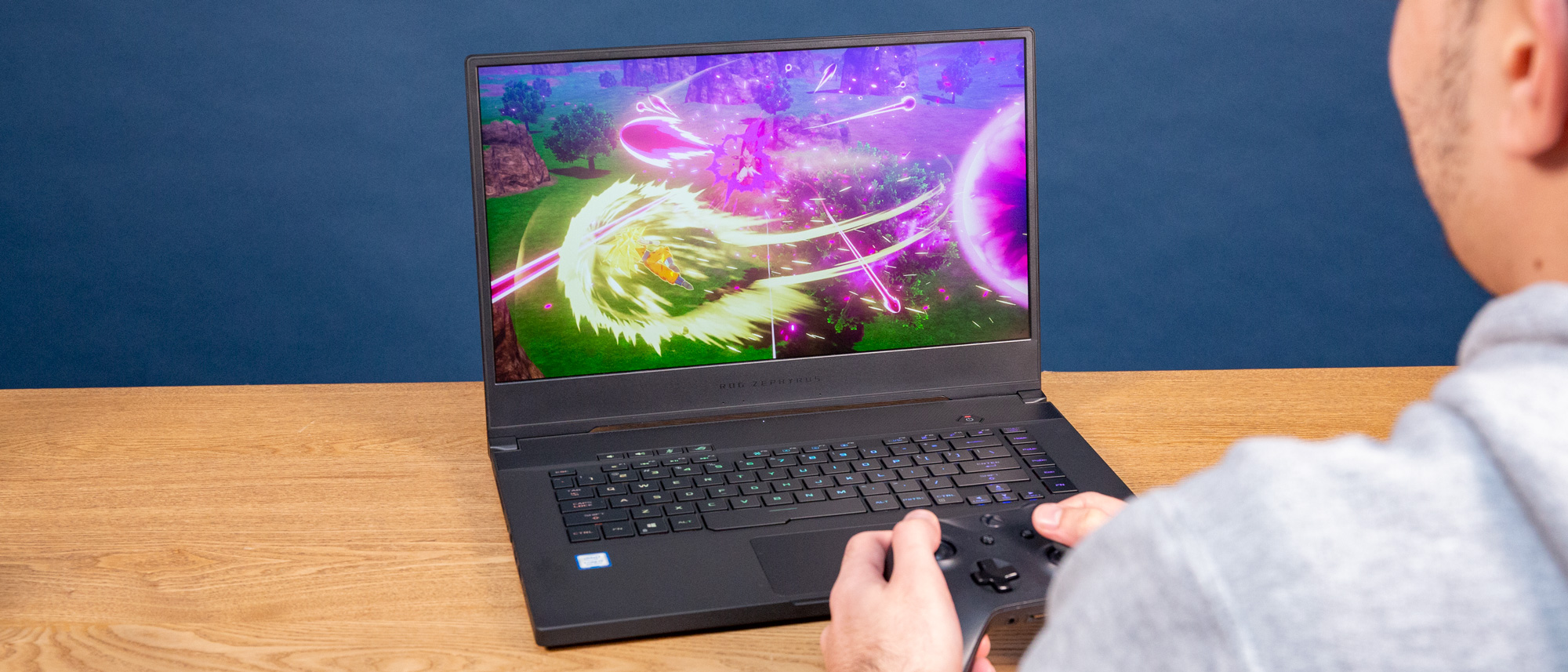Laptop Mag Verdict
Dragon Ball Z: Kakarot is a great retelling of the Z saga, thanks to its fun RPG mechanics. But the combat is weak, and the PC version is a little wonky.
Pros
- +
Great retelling of Dragon Ball Z
- +
Entertaining RPG mechanics
- +
Solid visuals
- +
Good sound design
Cons
- -
Uninspired combat
- -
60-fps cap
- -
Inability to remap controller inputs
Why you can trust Laptop Mag
I felt myself getting giddy as soon as "Cha-La Head-Cha-La" started playing over the opening cutscene of Dragon Ball Z: Kakarot. It's as if I had been transported back nearly 20 years, to when I was sitting on my living room floor, with my eyes glued to the TV, waiting for the opening to finish so I could catch what would happen next time on Dragon Ball Z.
As soon as Kakarot's world opens up, you get into a little imaginary battle with Piccolo, and then it transitions to Goku and Gohan trekking through a lush forest to catch some dinner. I thought roaming around in the woods was a little weird at first, but the moment the game instructed me to teach Gohan how to fish with a fake tail that Bulma made me, I knew I would enjoy this experience.
With its music, colorful visuals and extra flavor scenes, CyberConnect2's Dragon Ball Z: Kakarot is the perfect nostalgia trip for any Dragon Ball fan. However, the combat and the execution of the PC version leave a lot to be desired.
A nostalgic retelling
I've played my share of Dragon Ball Z games, and I haven't seen a single one do the franchise justice until Dragon Ball Z: Kakarot.
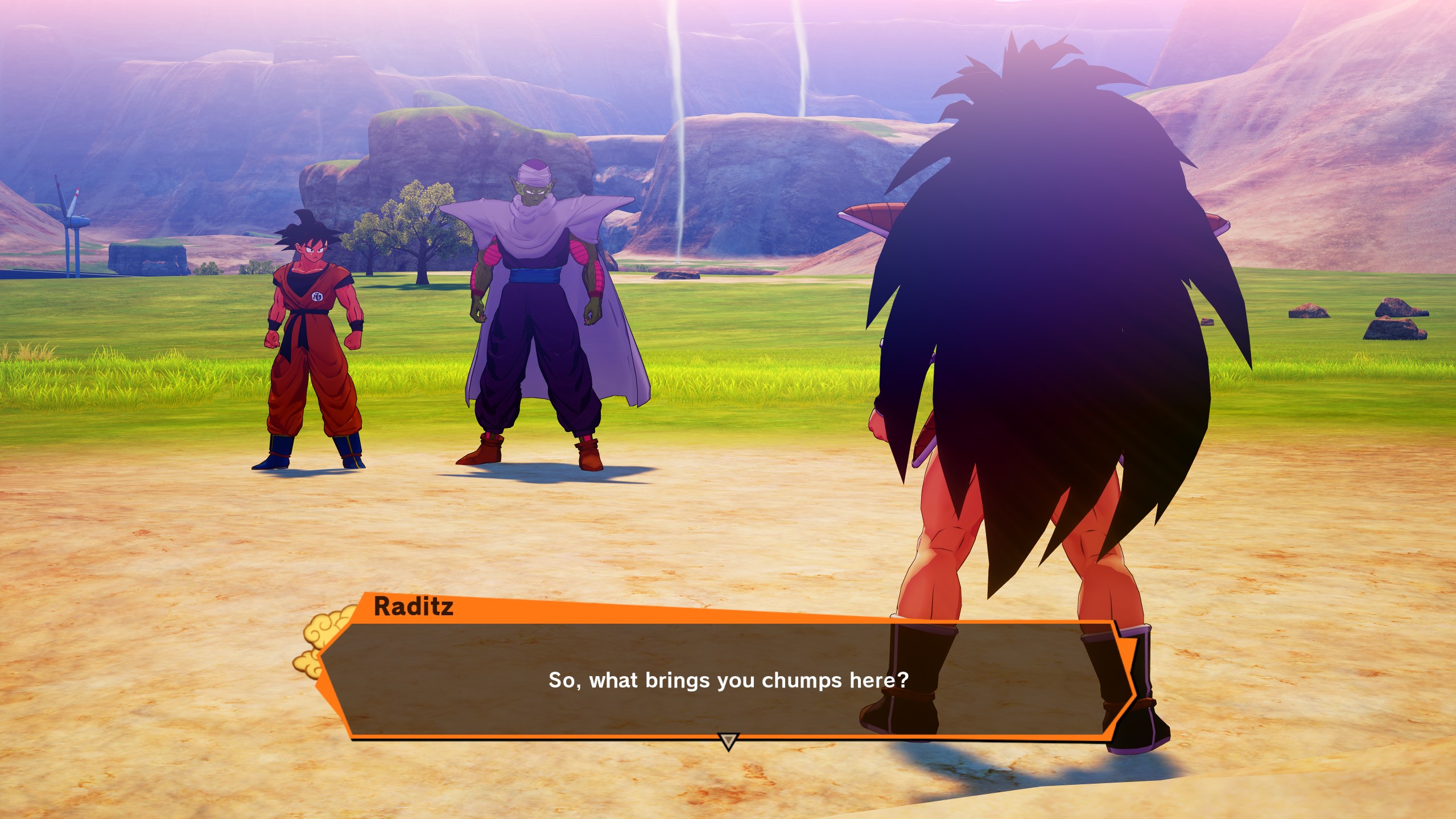
This game relentlessly hits all of the story beats in a way that made me feel like I was watching the show, whether I was going through Piccolo's rigorous survival training in the wild as Gohan or trying to convince King Kai to train Goku by telling him bad jokes.
For context, I played for 7 hours and only then did Goku make it to King Kai's planet, which is only halfway through the first of nine sagas (seven, if you're going by DBZ Kai's logic).
Dragon Ball Z: Kakarot shines when it introduces bits of flavor moments, like when I had to take a silly quiz from King Yemma to get into Snake Way. While roaming the open world, I also came upon some cool cameo characters from the original Dragon Ball show, like Nam and Eighter, who gave me side quests.
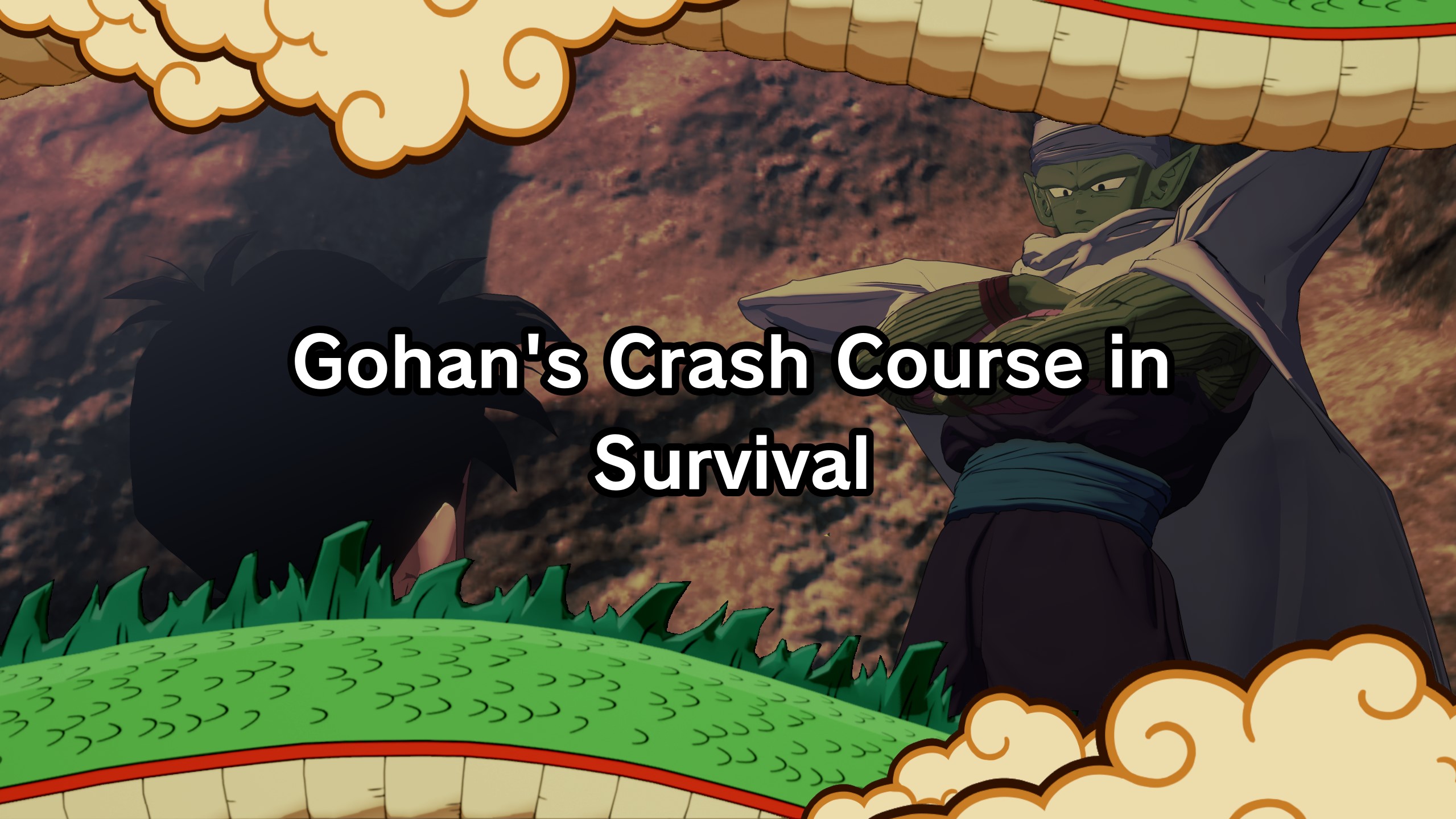
Each mission feels like an episode of the show, and the format is driven by title cards read aloud by none other than Kyle Henry Hebert, the original narrator from the Dragon Ball series. (He also voices teenage-adult Gohan.) And although the game is called Kakarot (Goku's birth name), you get to play as all of the important characters that aren't Goku — such as Piccolo, Vegeta and Gohan — which was a neat surprise.
Overall, the visuals don't look as good as those in Dragon Ball FighterZ, but they're pretty nonetheless. And when they were combined with classic Dragon Ball Z sound design and music, I felt like I was literally inside the show.
But Dragon Ball Z: Kakarot does have some flaws. I found the lip sync to be generally bad, but that's not very surprising for an anime game. What's more immersion-breaking, however, is having to click a button to continue each line of dialogue presented during voiced-over cutscenes.
How Dragon Ball Z: Kakarot is an RPG
The best part about Dragon Ball Z: Kakarot is its RPG mechanics. They're not inherently unique for a role-playing game, but depicting Dragon Ball Z in this light is what sucked me in.
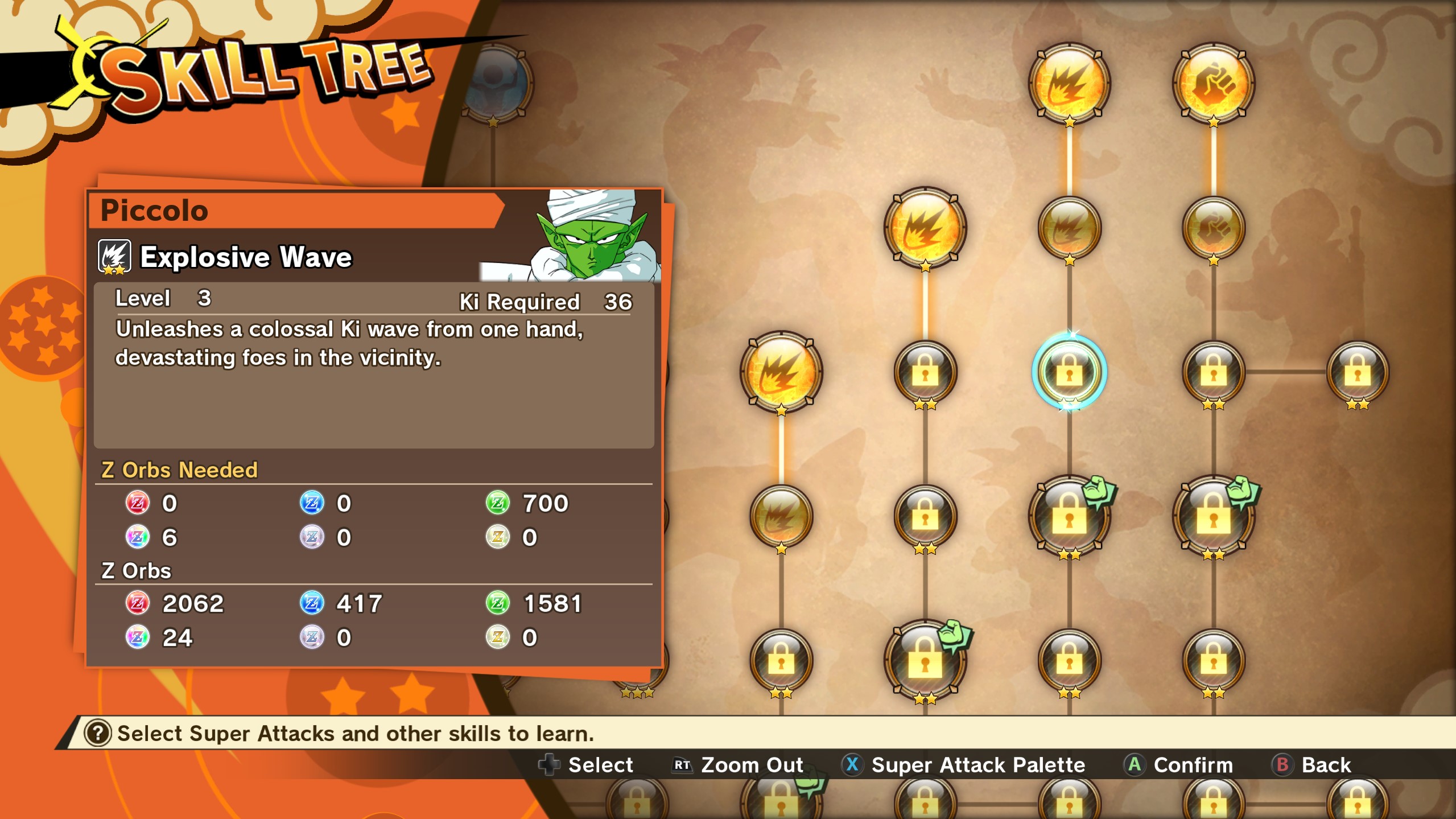
CyberConnect2 threw in all of the staple mechanics. You earn EXP to level up, upgrade super moves via a skill tree, and add and remove support characters to your party. You can even buy and cook food to restore Ki and HP to your party. Food provides both permanent and temporary buffs.
One interesting mechanic is the Community Boards. Each community has its own focus — like combat, cooking or training — and you can increase the level of each board by adding Soul Emblems to them, which you can collect from characters you meet. Every Soul Emblem is different. For example, Piccolo is better at fighting than cooking, so you'd put his Soul Emblem in the combat board.
You also have a full-blown open-world environment with plenty of side quests to complete and items to collect, such as orbs, which you can use to purchase points in the skill trees. If I had to change one thing, however, it'd be the flying — it's not awful, but I would occasionally move too fast in situations where I wanted to go slow, and vice versa.
The RPG mechanics are used to enhance your performance in battle, but micromanaging those tools became more fun than the core combat.
Punch, Ki Blast and Kamehameha
My whole experience with Dragon Ball Z: Kakarot's combat system has been just punching the hell out of my opponent; dodging their attacks a few times; firing a special move, like the Kamehameha; and cycling through the motions again and again.
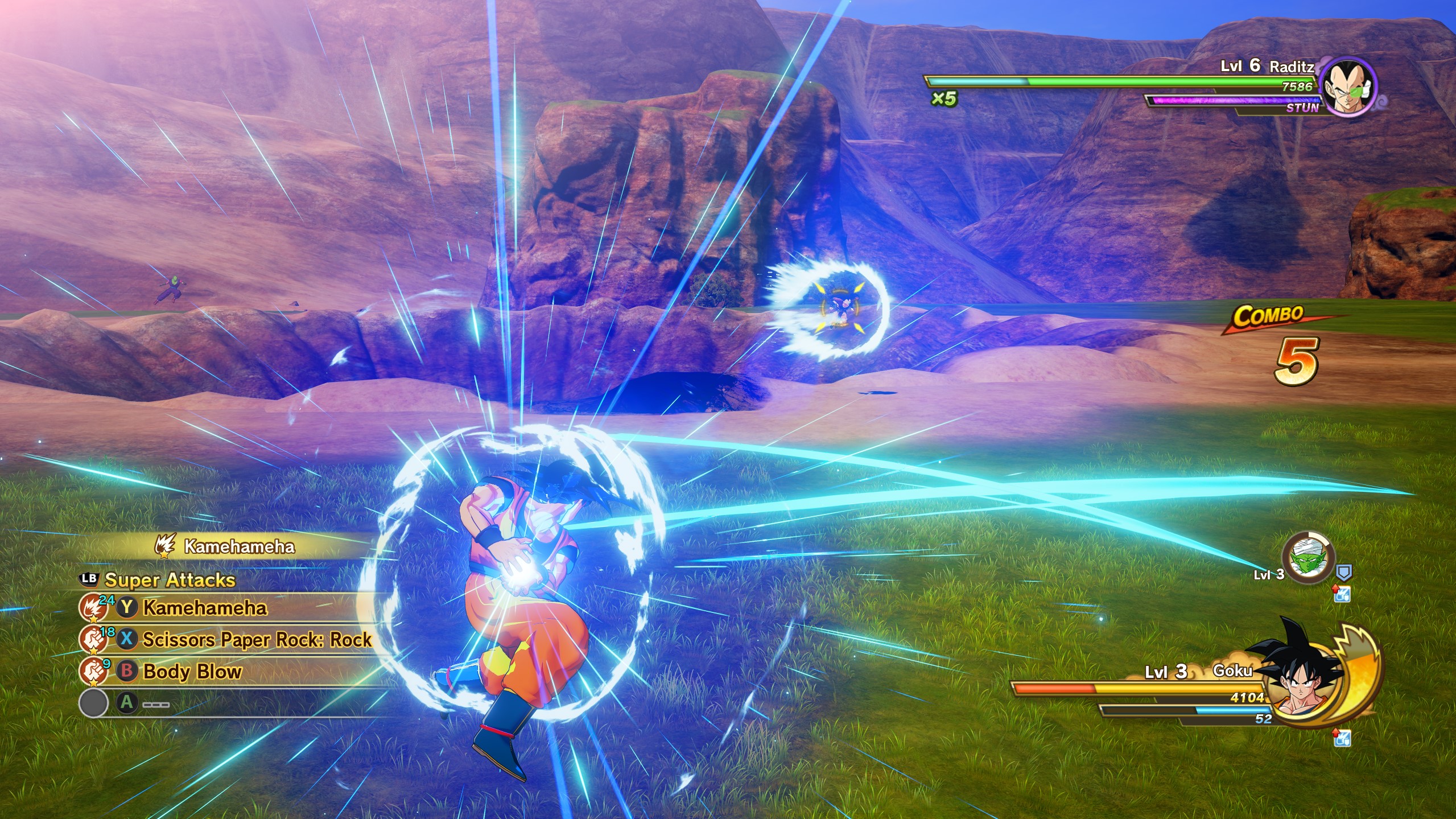
The combat is underwhelming thanks to the constant repetition that gets drawn out by the massive amount of health that enemies have. There are times where I'd be in battle for literally over 5 minutes, which is an incredibly long time for fighting games. The battles also kicked my ass in the beginning, but not in a fun, "I-want-to-get-good-Dark-Souls" type of way. Movement and attacks are very imprecise, and there are no combos to fall back on to enhance gameplay. And shortly after the introduction of the game, you get the ability to buy overpowered health potions for cheap, which puts the game on easy mode.
The battles almost seem like an excuse for the story, which is ironic, because it's typically the other way around in Dragon Ball games. I almost wish the combat were a turn-based strategy game, because the flow of combat isn't very appealing. At least it would be a bread-and-butter RPG if the developers fixed up the combat to better suit that style. Or better yet, throw in Dragon Ball FighterZ combat, and this would be the perfect fighting game, especially since Dragon Ball FighterZ's campaign was so boringly easy that I couldn't bear to finish it.
Dragon Ball Z: Kakarot PC performance
Dragon Ball Z: Kakarot generally ran well, but I had a few issues, especially concerning the settings. For one, the graphics settings selection is particularly shallow: There's Screen Resolution, Anti-Aliasing, Shadows, VSync, Windowed Mode and Internal Rendering Resolution.
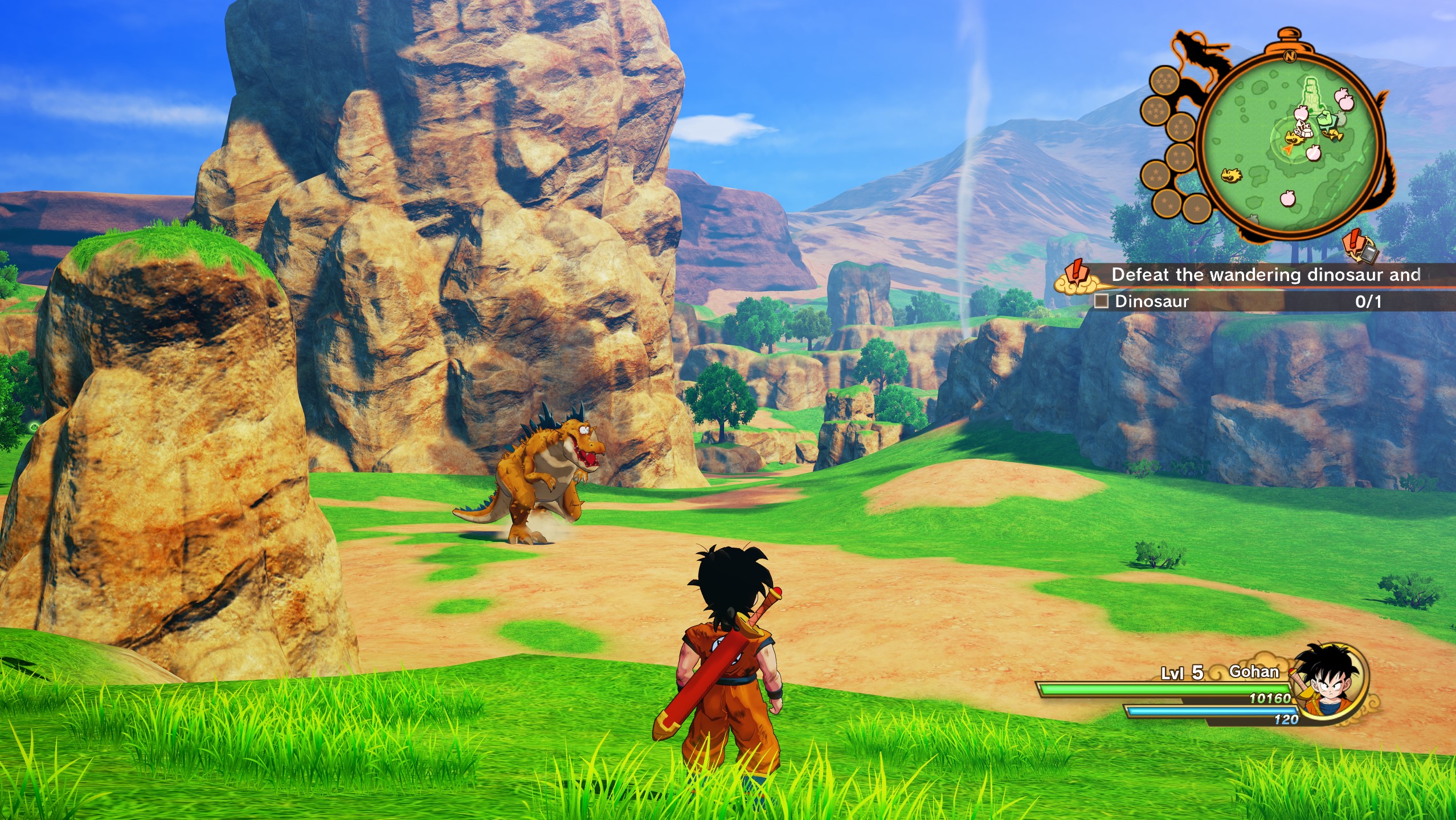
You can't properly change the resolution unless you force the game into Windowed mode. When it was full-screen, or borderless windowed, I dropped it from 1440p to 640 x 480, and the resolution remained at 1440. When I messed with the settings, the game occasionally locked at a pixelated resolution, and not the real resolution I set it to (1080p) — so I would have to make it windowed and then borderless windowed to fix it.
There's an interesting feature in the settings that allows you to switch among Xbox, PlayStation and Keyboard icon inputs. However, there's absolutely no controller remapping support. You can remap inputs for your keyboard and mouse, but that's about it.
At one point, while testing the game with a keyboard and mouse, I found myself trapped in the Settings menu. Every time I tried to leave, the game asked, "Are you sure you want to save your changes?" even when I made no changes. Whether I clicked yes or no, it didn't matter; I couldn't escape, and it would just ask me the same question. It's like if Neo took the blue pill instead of the red pill and then would wake up in a Groundhog Day scenario where Morpheus kept asking him the same damn question.
Apart from my time in settings hell, and some occasionally long loading screens, I have seen the game bug out only once: After a battle, the super move list prompts carried over to a cutscene they shouldn't have for a long time.
Overall, the PC port doesn't improve on a console; there's not a big difference.
Dragon Ball Z: Kakarot PC requirements
I ran Dragon Ball Z: Kakarot on my desktop-level Nvidia GeForce GTX 1070 GPU with 8GB of VRAM and got anywhere from 28 to 60 frames per second at 1440p on max settings, averaging around 36 fps during combat. Scaling it down to 1080p, I got closer to 50 fps during combat.
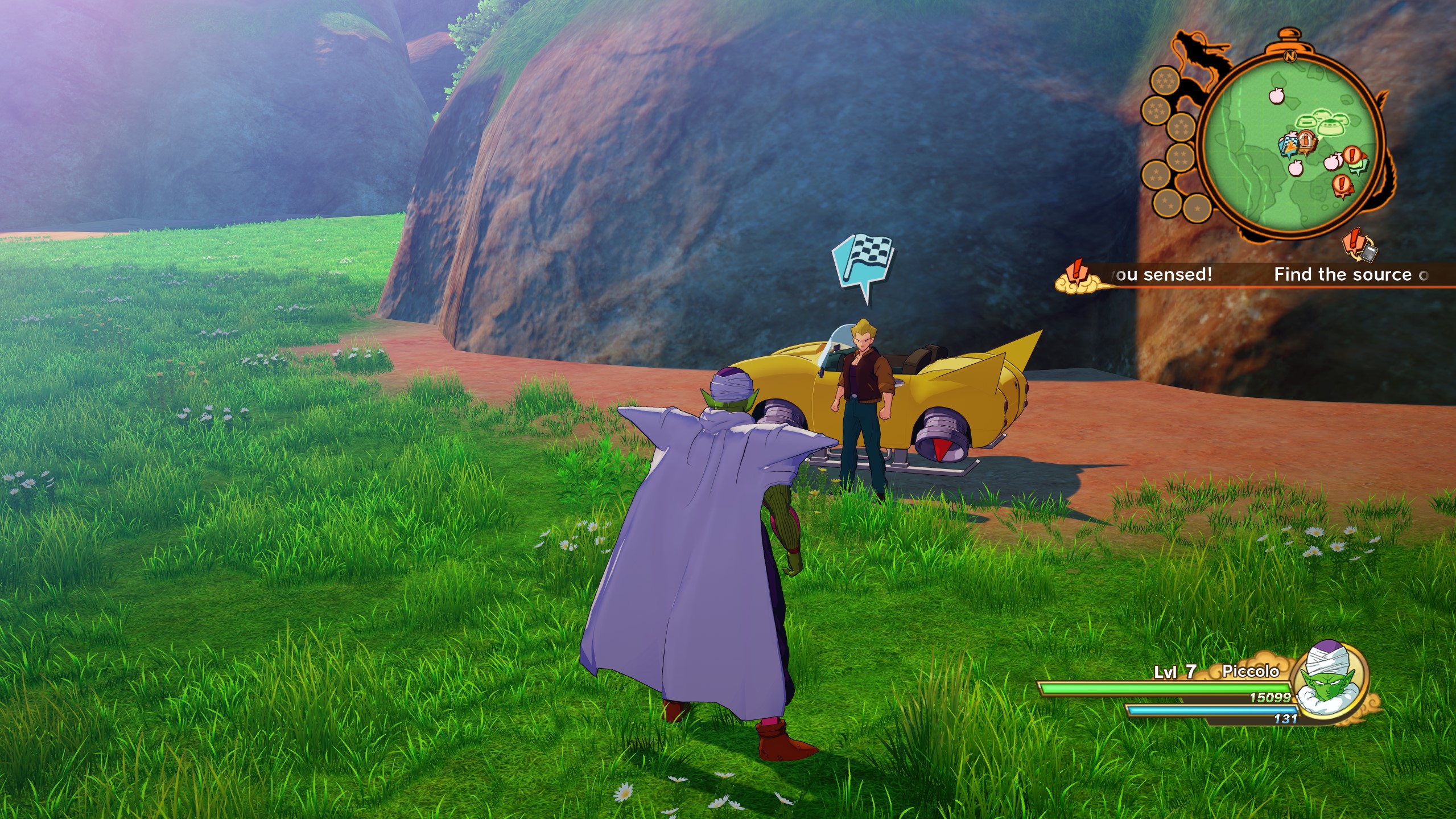
I also tested it on the Asus ROG Zephyrus S GX502 gaming laptop with an RTX 2070 GPU, which basically stayed at 60 fps the whole time. Unfortunately, the game is capped at 60 frames per second on PC, so no matter how good your rig is, you won't benefit from those sweet frames.
You can launch Dragon Ball Z: Kakarot only through Steam, so bear that in mind if you have a preferred launcher.
The minimum requirements for a system to run Dragon Ball Z: Kakarot include Windows 7, an Intel Core i5-2400 or AMD Phenom II X6 1100T CPU, 4GB of RAM, an Nvidia GeForce GTX 750 Ti or AMD Radeon HD 7950 GPU and 36GB of available space.
Meanwhile, the recommended requirements are Windows 10, an Intel Core i5-3470 or AMD Ryzen 3 1200 CPU, 8GB of RAM, an Nvidia GeForce GTX 960 or AMD Radeon R9 280X GPU and 40GB of available space.
It's unclear why there's a difference in available space, so be cautious and hold out room for 40GB no matter which requirements you're trying to target.
Bottom line
Don't come to Dragon Ball Z: Kakarot expecting FighterZ-level combat, because it doesn't even come close.
But, if you're a die-hard fan who wants to consume everything Dragon Ball, then this is your game. I couldn't imagine more of a dream-come-true game for my wide-eyed, Dragon Ball-obsessed younger self.
However, as far as performance, consoles were clearly the target platform for Dragon Ball Z: Kakarot. But the game isn't bad on PC, so it's a relatively safe buy.

Rami Tabari is the Reviews Editor for Laptop Mag. He reviews every shape and form of a laptop as well as all sorts of cool tech. You can find him sitting at his desk surrounded by a hoarder's dream of laptops, and when he navigates his way out to civilization, you can catch him watching really bad anime or playing some kind of painfully difficult game. He’s the best at every game and he just doesn’t lose. That’s why you’ll occasionally catch his byline attached to the latest Souls-like challenge.
